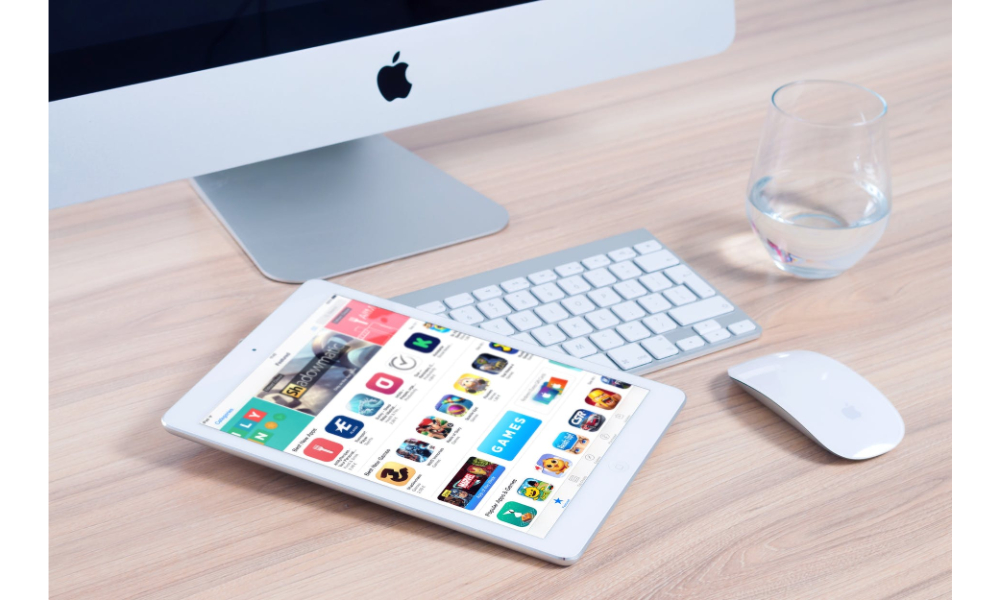The Iot platform refers to the billions of physical devices in the world that are connected to the Internet to gather and share data. It describes a network of physical objects – things embedded with sensors, software and other technologies that connect and exchange data with other devices and systems on the network. Things have evolved through the convergence of several technologies, such as real-time analysis, machine learning, raw material sensors, and embedded systems.
With the rise of the Internet of Things (IoT), an avalanche of data has been added to the network of data processing, storage, and analysis platforms in the digital world. Thanks to the advent of super-cheap computer chips and the ubiquity of wireless networks, it is now possible to turn small tablets into large aircraft as part of the IoT, connecting various objects and adding sensors to them, adding a degree of digital intelligence to devices that were once mute, enabling them to communicate with data in real time without humans. The Internet makes the fabric of the world around us more responsive and merges the digital and physical universe.
In recent years much has been written about the internet of things (IoT) and discussed the explosive growth forecasts for the number of IoT connected devices and the expected value for global companies that these devices will bring. Knowing that we are only just the beginning of IoT development in industries such as utilities is good news for many ICT companies and infrastructure providers. Another advantage of IoT is the change in the approach of SMEs to the use of devices in the workplace.
In today’s digital landscape, devices are machines and objects of every size that transmit data over a network and communicate with each other in real time. IoT refers to the way devices are connected to each other and to the network environment. These devices can be operated with a range of functions, from sensors and thermostats to factory machines, printers, televisions and refrigerators.
Network technologies allow IoT devices to communicate with other devices, applications and services that run in the cloud. The Internet relies on standard protocols to ensure that communication between heterogeneous devices is secure and reliable. Standard protocols specifie the rules and formats that devices use to build and manage networks and transmit data through them.
Physical layer (PHY) layer 1 (OSI) controls how devices connect with network hardware (e.g. Fiber optic cable, wire, radio or in case of wireless networks, WiFi, IEEE 802.11a / b / g / n ). OSI devices in Link Layer 2 (OSP) are identified by the MAC address and the protocols in this layer deal with physical addressing, such as how switches send frames to and from devices on the network. Protocol OSI Layer 3 (Network Layer) defines how routers deliver data packets from the source to the destination computer, which are identified by IP addresses.
The Internet of Things (IoT) is a system of connected computer devices (mechanical and digital machines, objects, animals and humans) that provide unique identifiers (UIDs) and the ability to transmit data over a network without the need for human-computer interaction (human-computer interaction). These include devices such as smart appliances, refrigerators, thermostats, home security systems, computer peripherals, webcams, printers, wearable technologies like the Apple Watch and Fitbit, routers and smart speakers such as Amazon Echo and Google Home. Things in the IoT can be a person with a heart monitor implanted, a farm animal with a biochip transponder, a car with built-in sensors that alert the driver when tire pressure is low, or any other natural or artificial object that has an IP address (Internet Protocol) and can transmit the data over the network.
The IoT brings the power of the Internet and data processing and analysis to physical objects in the real world. Organisations across a wide range of industries use IoT to work more efficiently, understand customers better, provide better customer service, improve decision-making and enhance the value of the business. The Internet of Things is particularly interesting for manufacturing companies, where IoT applications are known as machine-to-machine (M2M) with a focus on filling our homes and offices with smart devices and transforming the IoT into something more relevant.
In the business environment, the IoT adds to physical manufacturing and distribution the same efficiencies that the Internet delivers for knowledge work. For consumers, this means interacting with the Internet without intermediaries such as keyboards or screens, as many of their everyday items and devices can receive instructions from the Internet with minimal human intervention. Building on the Internet of Things and the Web of Things Architecture, the application level of the IoT examines convergence of data from IoT devices and web applications to create innovative use cases.
Consider several ways in which SMEs can use the future of the Internet of Things and its cutting edge technologies to improve critical business aspects. From cybersecurity to workplace efficiency, IoT devices can have an impact on a company’s bottom line. The Internet of Things predicts an architectural direction called BPM, a blend of traditional process management and process mining with specialized capabilities to program and control the flow of information, to program and control a large number of coordinated devices.
Applications of the Internet of Things in areas such as smart parking, smart agriculture and small data needs. A wide variety of companies and service providers provide the infrastructure and connectivity needed to carry, store, protect and harness data from the Internet of Things.
The amount of data that IoT devices collect is too large for humans to process, especially not in real time. As we have seen, edge computing devices need to make meaningful use of the raw data from IoT endpoints.
Each IoT device contains one or more sensors with which it collects data. How these sensors are collected depends on the device and its tasks. Each device communicates with other related devices to respond to the information it receives from each other.
The mobile communications industry is developing new technologies that are suitable for IoT applications. Mobile networks use the same mobile networks as smartphones, enabling IoT devices to communicate wirelessly. However, mobile networks are designed for power-hungry devices such as smartphones and are therefore not considered well suited for IoT devices.
iot connectivity landscape is a cloud-primarily based media accessibility Management protocol that functions being a network layer protocol to handle conversation among LPWAN gateways, stop nodes and units plus a routing protocol taken care of by Lora Alliance. Additionally it is to blame for taking care of the frequency, knowledge charge and functionality in the gadgets.



